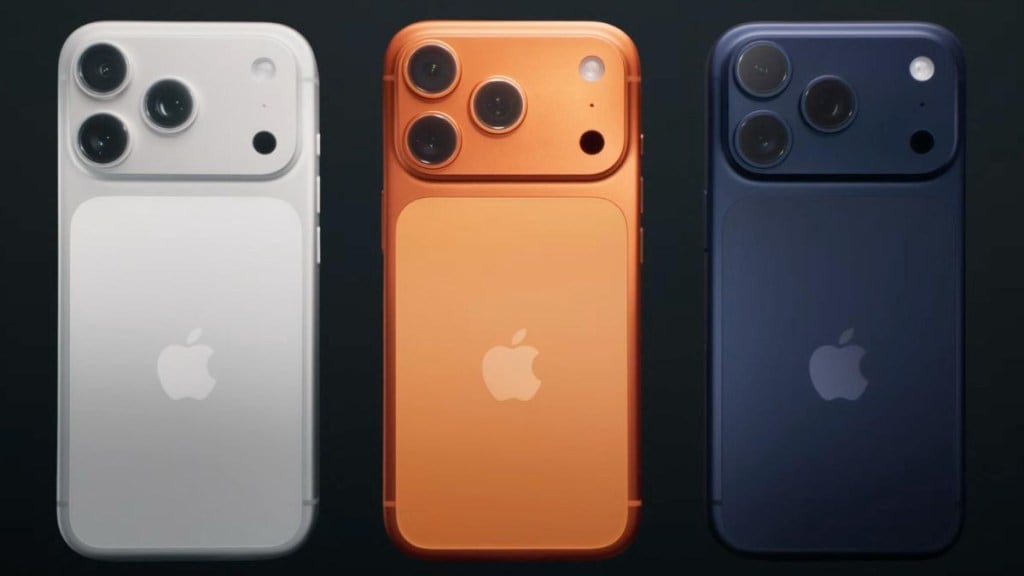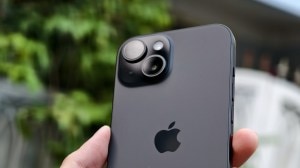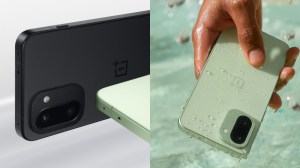Apple is slowly and steadily working to make e-SIM technology an industry standard. The iPhone 17 series was recently launched, which included four models: iPhone 17, iPhone 17 Air, iPhone 17 Pro and iPhone 17 Pro Max. The interesting thing is here is that iPhone 17 Air will be an e-SIM support smartphone globally. Meanwhile the rest of the iPhone 17 models are offering both e-SIM and physical SIM support depending on the markets. Apple continues to challenge the industry’s reliance on physical SIM cards. The decision is rooted in Apple’s ongoing efforts to optimise device design and efficiency, especially as space becomes a premium in slimmer smartphones.
The iPhone 17, iPhone 17 Pro, and iPhone 17 Pro Max are available in both eSIM-only and nano SIM + eSIM models, depending on the region. The iPhone Air stands apart as a globally eSIM-only device, meaning users worldwide must rely exclusively on e-SIM.
iPhone 17 series: eSIM-only markets
For the iPhone 17 series, eSIM-only variants are now available in 12 countries. The list includes Bahrain, Canada, Guam, Japan, Kuwait, Mexico, Oman, Qatar, Saudi Arabia, the United Arab Emirates, the United States, and the US Virgin Islands. In these regions, individuals purchasing iPhone 17, 17 Pro, or 17 Pro Max will not find a version supporting physical SIM cards.
Why is Apple removing the physical SIM slot from iPhone 17 models?
Apple’s strategy to remove e-SIM technology is multifaceted and complex. Primarily, the need for e-SIM stems from the demand of increased battery life from users, accommodating which means removing sim card slots. iPhone 17 Air is a testament to Apple’s efforts to squeeze every inch of space for a bigger battery. The slim profile at 5.64mm means every millimetre inside counts, and removing the SIM slot allows for a sleeker design. Moreover, the company will gradually push for eliminating e-SIM card slots across all models.
Pros and Cons of e-SIM?
Although the argument in favour of e-SIM is that it allows users easier carrier switching. Along with enhanced security and streamlined user experience. Meanwhile, the cons with this technology is that people who are travelling will face challenges switching to local network operators. In countries where only e-SIM support iPhones are sold, this is a greater challenge, whereas the countries with physical and e-SIM support have flexibility.
Apple Pioneering e-SIM technology?
The iPhone 17 series shows Apple efforts in leading the way for the adoption of e-SIM card support. An example of this is Apple providing options of nano sim and e-SIM for regions where digital SIM infrastructure may not be as developed. This trend could accelerate broader eSIM adoption as more carriers and countries improve support for digital SIM provisioning.
Apple expanding e-SIM smartphone market steadily?
With the iPhone 17 launch, Apple’s eSIM-only roster now covers a significant portion of its global footprint, and further expansion is anticipated with future releases. The company’s direction suggests that physical SIM cards may become increasingly rare in the coming years, especially as more manufacturers follow suit and digital identity solutions become standard across the mobile sector.








